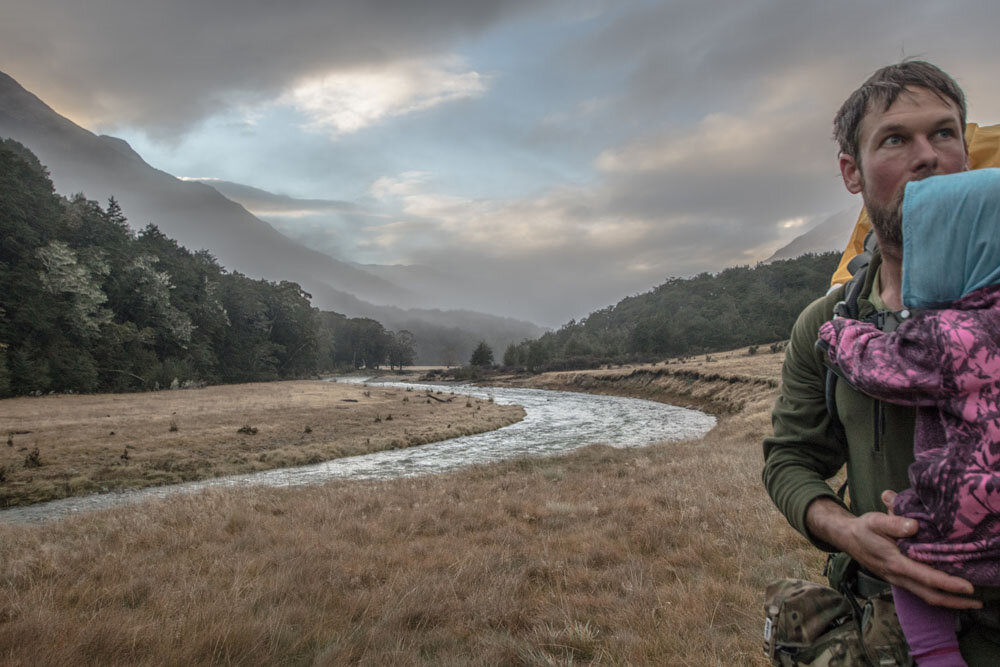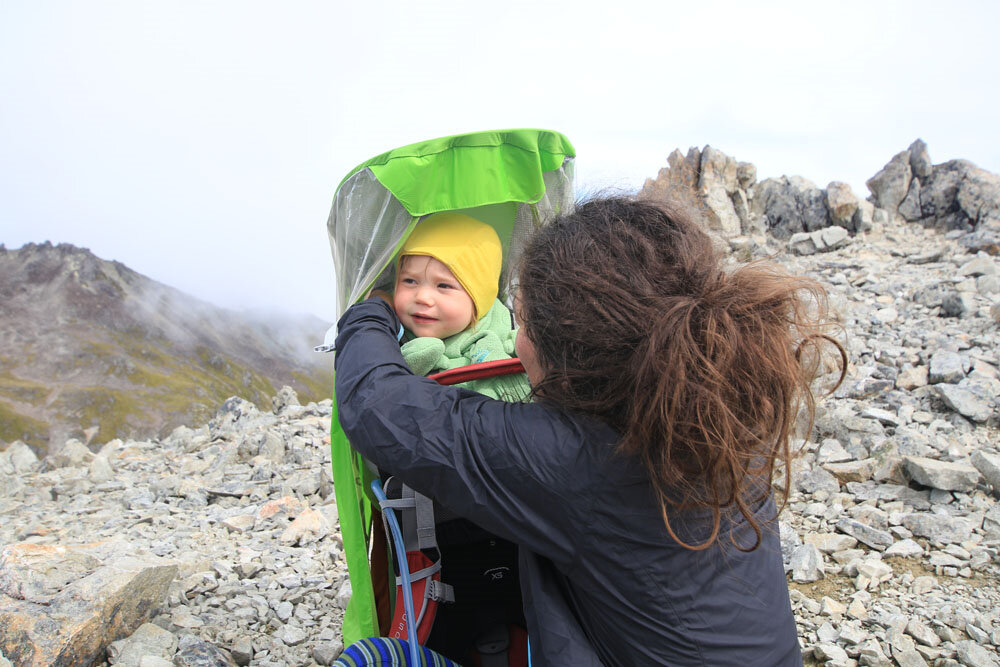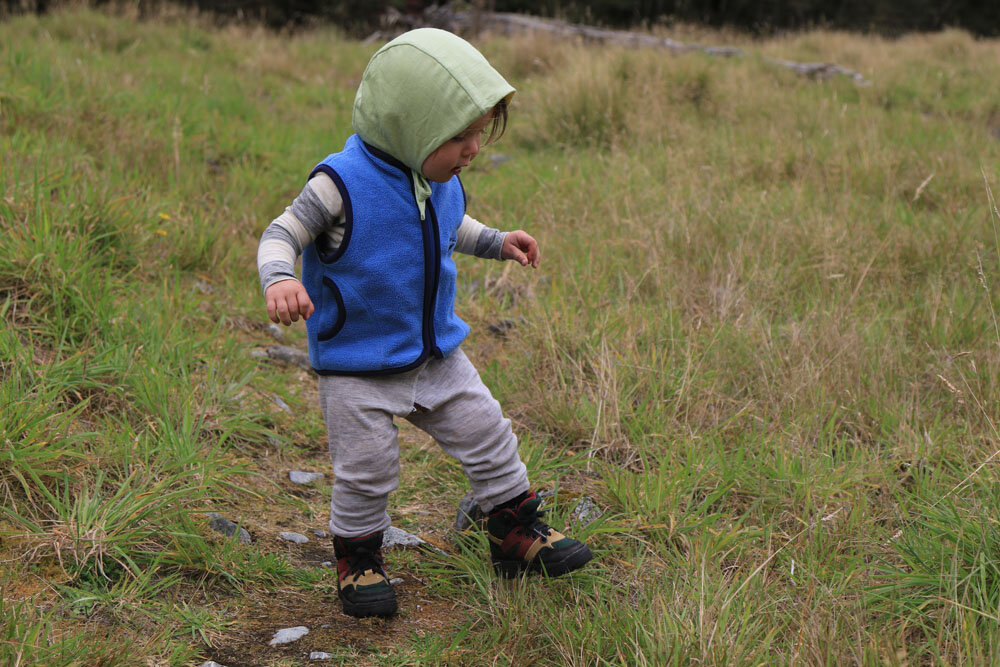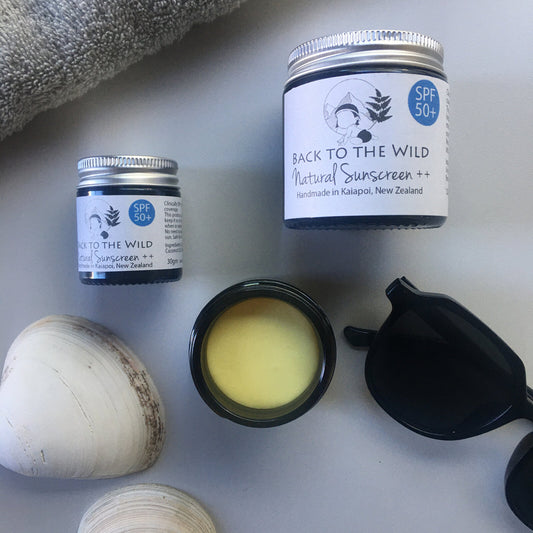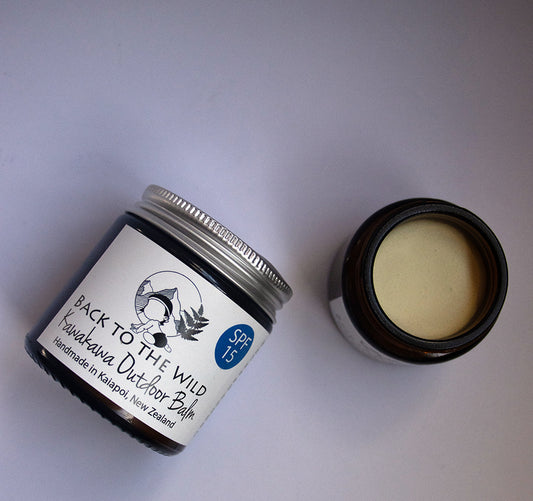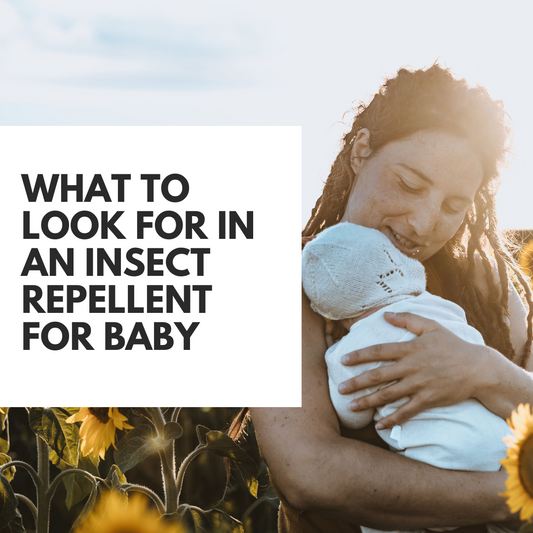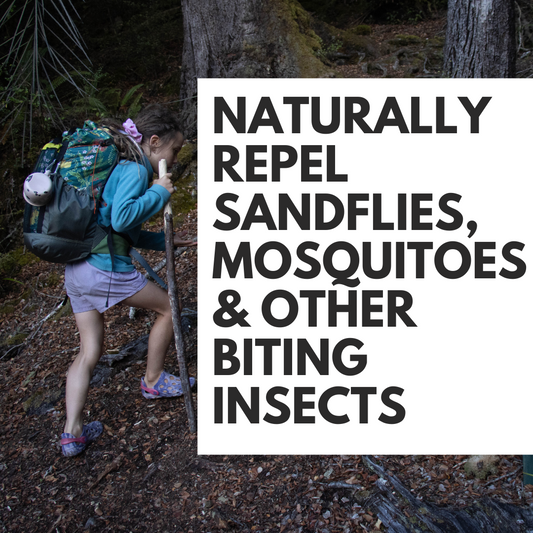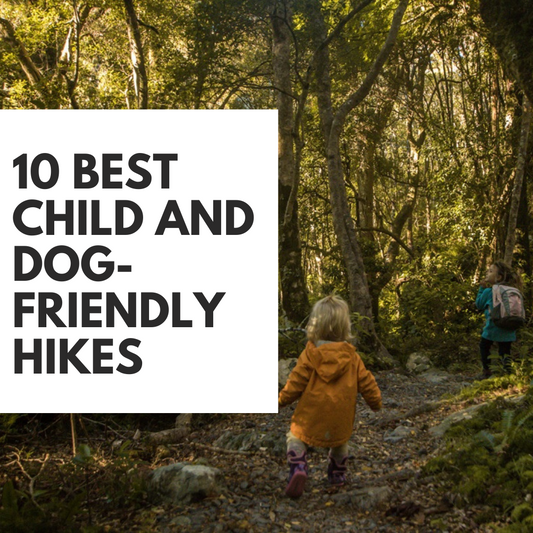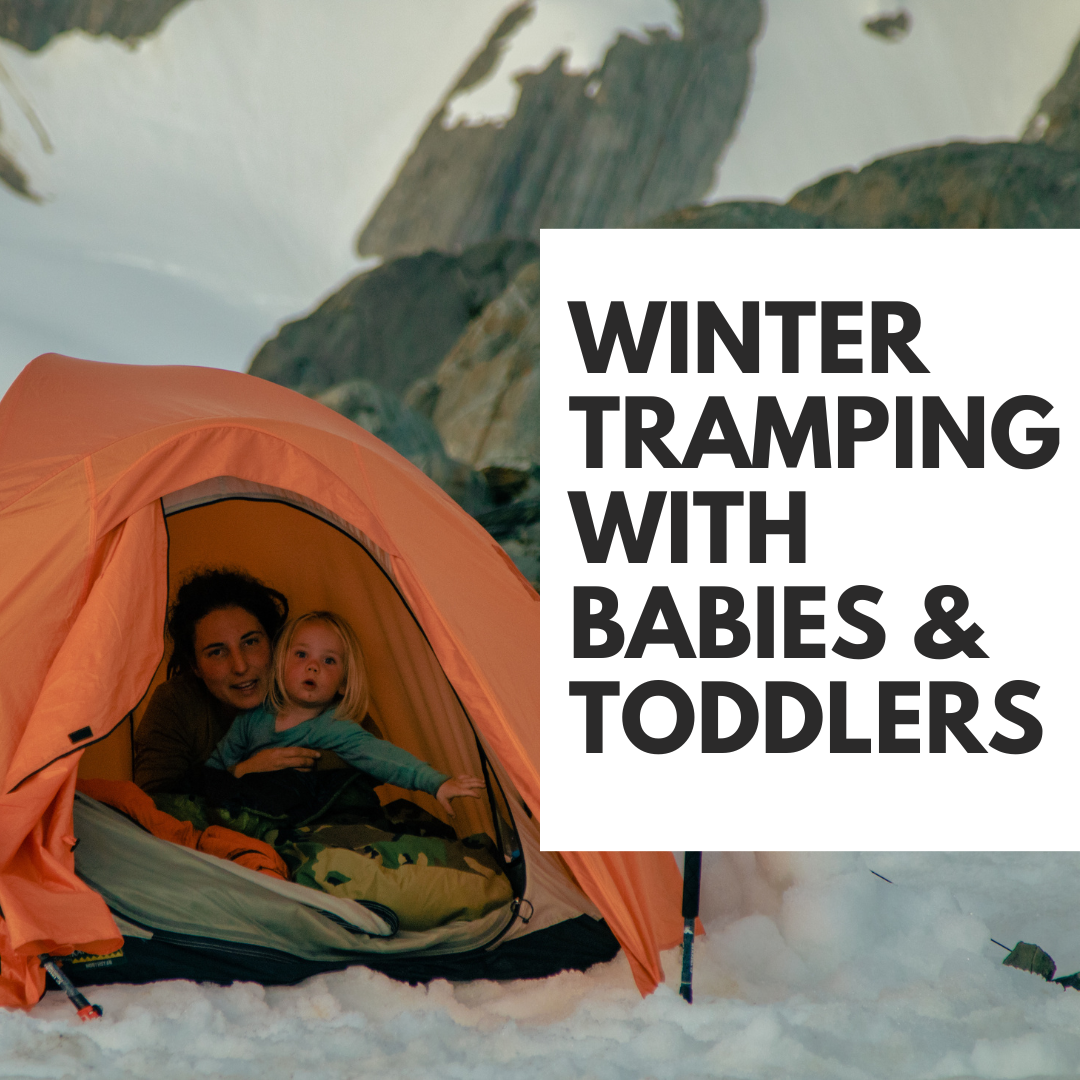
Winter Hiking with Babies & Toddlers
Share
Although there’s no reason to stop hiking just because the days are shorter, and the weather is colder, much more caution and care needs to be taken if you’ve got little people with you. They get colder faster, and because they are generally not walking the whole way like you, it's hard to gauge exactly how cold they are.

1. Check out the huts before you go.
In winter, we always check online whether or not the hut we’re going to has a fireplace. And preferably, that’s also when we go to the newer insulated huts too, as even with a fire on, it can get pretty chilly in the older huts! We have slept in huts which have been colder than a tent in the past.
Before you go to sleep, make sure you’ve also got enough kindling and wood to re-light the fire during the night if need be.

2. Take a shelter
A tarp that’s lightweight, with eyelets, but durable enough to use as a groundsheet too works best. Seriously, unless we’re taking a tent - and even sometime if we are – we will still take one of these with us in spring and autumn as well as in winter. They make a great groundsheet when you can’t find a dry place to sit for lunch or a break. You can also use it as a cover for a rest when it’s raining, as little tummies still need a food break regardless of the weather.
We’ve been super thankful for the tarp on so many occasions!
2025 edit: We used to use a Stoney Creek Drone Fly shelter, but now with 3 kids in tow we instead have the RAB 4-6 person emergency group shelter as it's much easier to use with multiple kids. They have a 2-3 person version too.
3. Check the weather
This should go without saying any season of the year, but is super important in winter. If there is a storm coming, just re-schedule or cancel your trip. You don’t want to be caught out with rising rivers or heavy snow with a little one. (Or even just yourself really!) But you’ll have to be extra conservative if planning on taking a small child.
Ideally no precipitation, and some sunshine during the day so that it can warm up. Make sure you check wind levels too, and ideally this is the time to stay out of the alpine zone where there might be snow on the ground and much more bone chilling wind.
4. Plan shorter walks.
Given the weather can change so quickly we try not to go too far each day on overnight & multi-day tramps especially. That means we’re not too long out in the cold, or caught in rain trying to keep a non-walking child warm!
This means ideally no more than 4 hours walking for an overnight trip - and this is 4 hours at the pace you will walk at. So if you take double the signposted time, stick to 2 hour walks. For day walks, this hugely depends on the forecast, but better to be conservative than stuck outside.
5. Layer, layer, layer
For a baby under 6 months old that’s still on your front, they probably only really need one or two extra layers compared to you. I also only use wool, as fleece and other non-natural fibres can’t breathe, so the baby can overheat as they can’t regulate their body temperature well yet. A good option is to then put a babywearing jacket over you both to monitor temperature. I love Wombat & Co. shell jacket for winter hikes.
Because the baby is right up on your chest, you’ll be able to feel how warm they are at all times. Just make sure their breathing area is clear of any obstructions, and don’t forget to keep an eye on fingers and toes.
For babies & toddlers older than 6 months, make sure you have a raincover for your hiking carrier if they are in one. And even though I’m a fan of natural fibres, fleece is definitely superior in keeping you warmer on the trails.
My tried & tested winter layering system after 3 tramping kids is:
- A skin layer of merino top & bottom
- Polyprop top and bottom (optional)
- Fleece jersey and pants or onesie (optional)
- Down jacket or suit (optional)
- Waterproof Therm onesie or woolen suit for babies under 4 months.
- Bonnet or balaclava, and merino socks on hands and feet.
Footwear-wise, for kids younger than about 2.5, insulated gumboots are the perfect footwear, as they’re 100% waterproof, and your under 2.5 year old is unlikely to be walking large distances yet - so comfort doesn’t matter too much.
If they're not walking yet, then the fold over cuffs on the Therm onesie are perfect.
I do find that balaclavas and bonnets are the best hats, as they can’t come off as easily. Buffs are great too as a way to keep their cheeks warmer, and can be worn a million ways!
For keeping fingers warm, wool socks make great gloves for little hands. For older kids you can use ski gloves, and tying them to each other with longer string is a great way to not lose a pair!
If pottying your baby or toddler, split crotch pants are super handy. They're pretty much a pair of pants with a hole in the crotch area, and a big overlap to keep them decent. It saves taking pants off when potting to keep bums warm, or you can even change nappies through the hole too!
Once they are walking decent distances, at around 2.5y+ proper kids hiking boots really are the way to go.
Plus, remember all the normal rules that apply to adults too – no cotton, no denim, etc.
And very importantly, don’t rely on your toddlers answer when you ask if they’re cold! (Ask me how I know 🙃)
6. Take some dessert to cook - or hot chocolates!
This might seem like an unnecessary one, and it is a bit optional, but having some warm desert in the long dark winters evening after a day out in the cold is amazing. Some of our faves are semolina with dark chocolate, or self-saucing chocolate pudding made as dumplings on the gas cooker.
For day trips if you don't want to take the cooker with you, just take a thermos of boiling water for hot chocolates on the go. You will thank yourself!
Besides - you need more calories when hiking!


